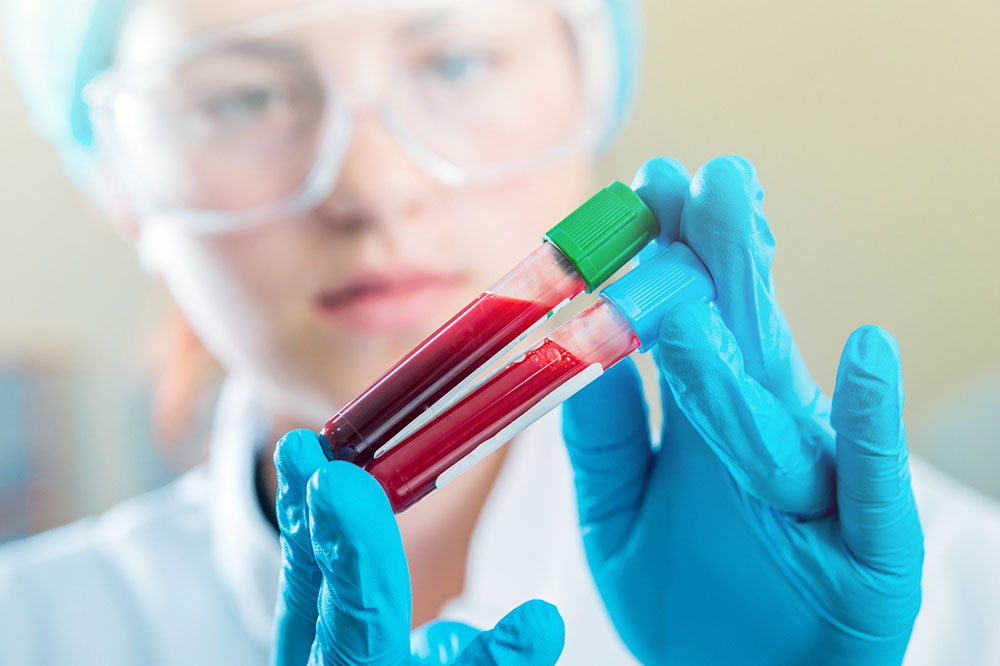Anemia – Symptoms, causes, and risk factors
When the body does not produce enough red blood cells or they are destroyed at a rate faster than they are produced, it leads to a condition called anemia. The most common type of blood-related disorder, anemia affects nearly one-third of the total population of the world.
The condition is often a result of underlying health problems that prevent the production of red blood cells in the body. In some cases, these conditions can also lead to excessive breaking down or loss of red blood cells in the body, causing anemia.

Symptoms
To ensure early diagnosis and timely treatment for the condition, the symptoms must be identified correctly. One of the most common symptoms associated with anemia is fatigue, but here are some here are some other symptoms associated with the condition that you should not ignore:
- Pallor
- Irregular heartbeat and pain in the chest
- Breathlessness
- Dizziness and headaches
Mild anemia is usually accompanied by fewer symptoms, or none at all, and specific symptoms are associated with certain types of anemia. These include the following:
- Aplastic anemia
The common symptoms caused by this type of anemia are fever, skin rashes, and frequent occurrence of infections. - Sickle cell anemia
Patients with this type of anemia experience inflammation in their hands and feet, which can be painful, along with jaundice and tiredness due to lack of blood. - Folate-deficiency anemia
This type of anemia leads to the manifestation of symptoms like irritability, lack of energy, and diarrhea, and patients can also have a smooth tongue. - Hemolytic anemia
Common symptoms of this type of anemia are shortness of breath, abdominal pain, dark-colored urine, jaundice, and fever.
Causes
There are over 400 kinds of anemia, which have been divided into three categories based on the causes:
- Anemia caused by loss of blood
Loss of red blood cells due to bleeding can be a gradual process and can happen so slowly that the patient might not even notice it. Several things can cause this type of anemia, including ulcers, cancer, inflammation in the stomach, menstrual cycles in women, and certain anti-inflammatory medications. - Anemia caused by the production of faulty red blood cells or by an overall lowered production of the cells
This type of anemia is commonly caused when the body stops producing sufficient red blood cells, or the cells produced are faulty and do not function properly. - Anemia caused by damage to or destruction of the red blood cells
This condition occurs when the red blood cells are not strong enough to handle the stress while traveling from various parts of the body. They eventually burst, leading to this blood disorder, also known as hemolytic anemia. Some of the common causes of this condition are an autoimmune attack, genetic conditions, enlargement of the spleen, and any condition that can increase the stress on the body like infections or drugs.
Risk factors
Anemia can affect people of all ages, genders as well as races, but certain factors put a person at a higher risk of being affected by the disease:
- Premature birth
- Menstruation, pregnancy, or delivery
- Following a diet lacking essential nutrients like vitamins and minerals
- Genetics
- Blood loss during a surgery or a trauma




